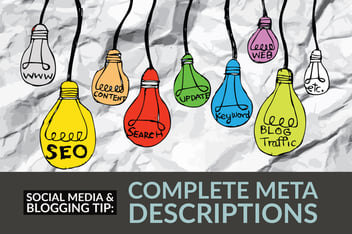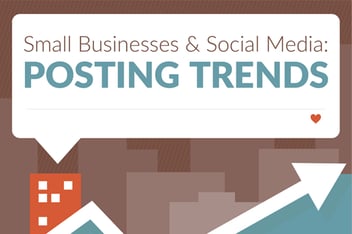How Scoring Leads Improves Closure Rates

Lead generation is essential. But it isn’t enough. While increasing the overall number of leads generated through inbound marketing should increase sales based on sheer volume, it can also set up your sales department to chase more dead ends, unless you are also scoring leads and qualifying them to pinpoint those most likely to be successful sales.
The key to knowing which leads your sales staff should put the most effort into is lead scoring. With automated systems such as HubSpot, you can set specific criteria and scoring to identify which leads are ready for the next level of involvement as they move through the lead nurturing process.
How do you implement lead scoring?
1. Review your history.
Through closed loop marketing, which tracks leads’ interaction on your website and ties customers back to a specific trail of actions and offers, you can analyze the data to determine what specific actions and offers are most likely to lead to a completed sale.
How many visits do leads typically make to your site before a sale? What specific offers (or types of offers - e.g. case studies or calculators) are more likely to lead to a sale? What level of response to emails (open or CTR) is most often seen in customers?
Not sure how to dig into your HubSpot analytics for these answers? Let us help—download the JONES+HubSpot Analysis Solution.
2. Know who you are targeting.
Who is your ideal customer? B2B enterprises, especially, are often best suited to serving a specific type of customer, based on industry, size, and type of organization. It makes little sense to go after leads who are either too big for you to serve or too small to afford your service or product.
By including demographic information such as industry and company size on landing forms, your automated lead generation and lead nurturing can help sort leads according to how well they fit your offerings.
3. Assign values.
Determine the relative value of the characteristics you identified in the first two steps and create a target for a score that indicates when a lead is a good fit and seems to be at the right stage in the buyers’ journey to warrant a personal contact from the sales department.
Why does lead scoring work?
Lead scoring identifies the leads most likely to buy, and allows sales to focus efforts on those leads, rather than wasting time on leads that are unlikely to convert to sales. After all, fewer than 25 percent of new leads are actually ready to make a purchase decision when they first enter your system.
When established within an automated lead nurturing system such as HubSpot, lead scoring increases the efficiency of your marketing and sales staff by doing the calculations for you and only transitioning to sales those leads who are most likely ready to buy.
While you will want to create your own specific criteria for scoring leads and defining a marketing qualified lead, our Lead Qualification Checklist will give you a head start, based on need, fit, budget, influence level and timeline.
-1.png?width=1652&height=294&name=Jones(RGB)-1.png)












